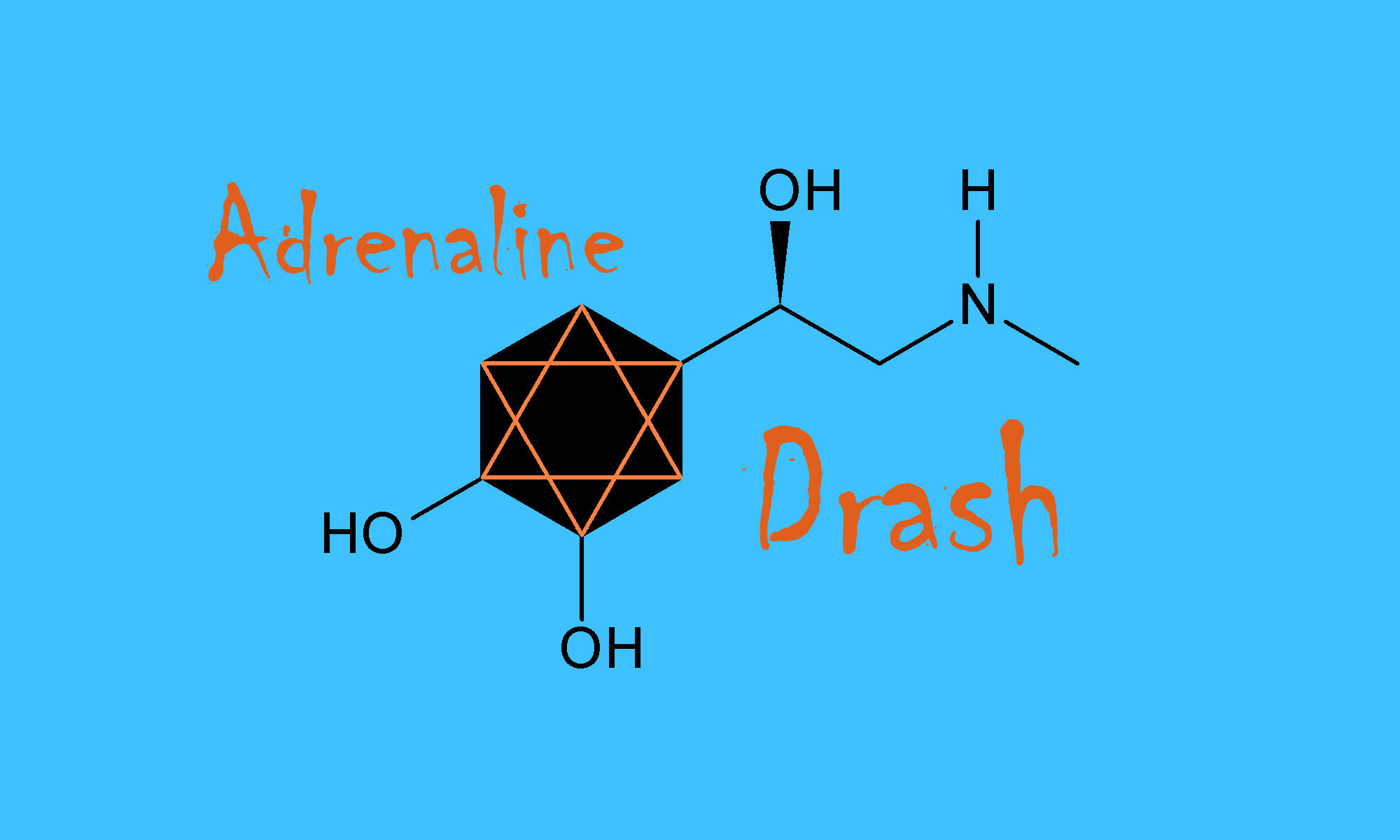 It is challenging — a beautiful, spiritual marathon of sorts. Rosh Chodesh Elul to Simchat Torah — over fifty days of soul traveling punctuated by six major spiritual transitions: Selichot, Rosh Hashanah, Yom Kippur, Sukkot, Shemini Atzeret, and Simchat Torah. We begin in the deepest modes of reflection and we end in an extravagant, no-hold-barred celebration.
It is challenging — a beautiful, spiritual marathon of sorts. Rosh Chodesh Elul to Simchat Torah — over fifty days of soul traveling punctuated by six major spiritual transitions: Selichot, Rosh Hashanah, Yom Kippur, Sukkot, Shemini Atzeret, and Simchat Torah. We begin in the deepest modes of reflection and we end in an extravagant, no-hold-barred celebration.
Most Jews I know pick and choose from among the various chagim of the season. Few make it to each major service of the Days of Awe. The majority in my neck of the woods have never heard of Shemini Atzeret, others, at Sukkot do little more than enjoy the projects their children bring home from Religious School. Is there energy left to dance with the kind of abandon Simchat Torah deserves?
Given my own life, spent spinning between congregational obligations and those of the university, the Jewish liturgical year is nothing short of grueling during the fall months. This past year was no different. I sang the last notes and led the last prayers on Yom Kippur and went to bed early. The next day, I drove off to the university where I work to lecture for fully six hours in classrooms of various states of mustiness. The end of the day after Yom Kippur I was in bed so early I practically skipped dinner.
What were they thinking, those ancestors of ours, when they packed all these festivals together and turned these fifty-plus days into a training course for our souls?
They were thinking about beauty.
This is beautiful: The fragility that the Days of Awe induce is given a fragile space to unfold. In a sukkah, itself a tender reminder of the temporary quality of all existence, we sit with our rebirth, our new beginnings. I ask my congregants to reflect on their spiritual lulav, the fruit of their soul harvest from the High Holy Days. How will we embody our new self-awareness, transform it into a conscious practice in the months to come?
Rabbi Elazar Ben Tzadok says: It was the custom of the Jerusalemites for a person to leave his home with a lulav in hand, to go to the synagogue with his lulav in his hand, to read the Shema and to pray while holding the lulav, to place it on the ground while reading the Torah or reciting the blessings of the kohanim, to visit the sick, and to console mourners, while holding the lulav and, on entering the beit Hamidrash (for study)…
It would be so easy to simply return to how everything was – recreate and reestablish  the same old habits from last year, the same old failings. But Sukkot asks us to take our spiritual lulav with us, live what we have learned, practice what our souls preached to us as the gates were closing at Neilah.
the same old habits from last year, the same old failings. But Sukkot asks us to take our spiritual lulav with us, live what we have learned, practice what our souls preached to us as the gates were closing at Neilah.
Shemini Atzeret brings the lesson home.
When, after the long festival of Sukkot, the children of Israel are ready to resume regular life, God says, ‘It is difficult for me to part with you. Tarry a while longer. Stay another day.” Hence the name Shemini ‘Atseret, for the word ‘atseret means ‘to tarry’ or ‘to hold back.’
God calls us to wait, to stay, to pause before “regular life” resumes. And the very next day we will roll our Torah scrolls back to Bereishit, and join the Holy One in a celebration of beginnings. The dance we dance deserves unmitigated joy; we are new, we are hopeful, we can love our Torah and all the challenges therein.
From reflecting on who we are as individual souls during Elul we conclude our High Holy Day season by reflecting on our collective story. We come out of ourselves, into our communal identity, and, strengthened by renewed awareness of both, reenter the world. It’s challenging, of course.
But beautiful.
